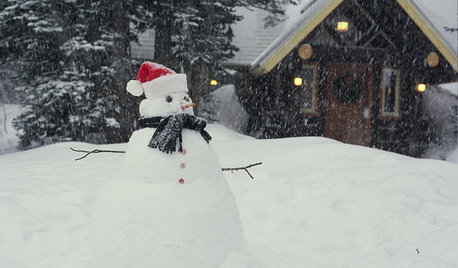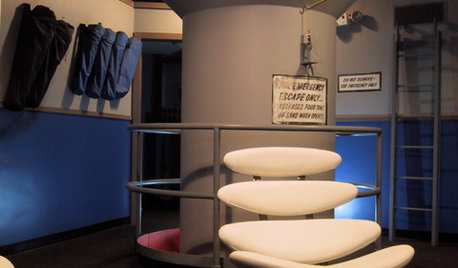Power Steering John Deere318
41flathead
13 years ago
Related Stories

DISASTER PREP & RECOVERYMore Power to You: How to Pick the Right Generator
If your home's electricity goes, don't let it take your necessities with it — keep systems running with this guide to backup power
Full Story
GARDENING GUIDESOh, Deer! 10 Native Flowers That Stand Up to the Herds
Keeping a garden amid hungry deer can be hard, but these plants should fare well
Full Story
FENCES AND GATESA Deer Fence Can Be Decorative as Well as Protective
You need a monster-size fence to shelter your garden from deer, but it doesn’t have to look like a monstrosity
Full Story
DECORATING GUIDES10 Popular Home Design Trends — Timely or Timeless?
Weigh in on whether these of-the-moment decorating elements will have staying power or become a memory of these times
Full Story
REMODELING GUIDESWhy Marble Might Be Wrong for Your Bathroom
You love its beauty and instant high-quality appeal, but bathroom marble has its drawbacks. Here's what to know before you buy
Full Story
EARTH DAYGrow a Beautiful Garden With Ecofriendly Greywater
Reducing home water waste means lower bills and a healthier planet. Here's how to set up a greywater home irrigation system that can help
Full Story
LIFEShare Your Winter Storm Jonas Photos and Survival Tips!
Let’s see your pictures and hear your ideas on how you’re keeping your house warm and staving off cabin fever
Full Story
FUN HOUZZTaking Cover in a Former Nuclear Missile Silo
A Cold War relic is now a modern home, thanks to an Australian architect with a flair for the unusual
Full Story
EDIBLE GARDENSSummer Crops: How to Grow Tomatoes
Plant tomato seedlings in spring for one of the best tastes of summer, fresh from your backyard
Full Story
COLORDecorating 101: How to Choose Your Colors
Learn where to look for palette inspiration — and one commonly advised place maybe you shouldn’t
Full Story





mownie
41flatheadOriginal Author
Related Professionals
Simpsonville Landscape Architects & Landscape Designers · Ilchester Landscape Architects & Landscape Designers · Summit Landscape Architects & Landscape Designers · Garden City Landscape Architects & Landscape Designers · Edmond Landscape Contractors · Bloomington Landscape Contractors · Euclid Landscape Contractors · Little Ferry Landscape Contractors · Pleasant Prairie Landscape Contractors · Wethersfield Landscape Contractors · Norridge Landscape Contractors · Decatur Window Contractors · Holly Hill Window Contractors · Hutto Window Contractors · Seattle Window Contractorsmownie
41flatheadOriginal Author
mownie
windcatcher
41flatheadOriginal Author
windcatcher
goodstuff934